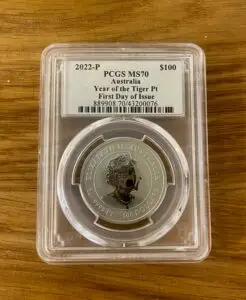Handheld XRF vs. Fire Assay
Fire assay is a very common, reliable and accurate assay method. When assaying gold, refineries use fire assay as the primary tool for crediting their customers.
In this short test we compare 15 fire assays results with assay results of a handheld XRF device, to check whether it could be used instead of the fire assay technique.
The XRF tests were conducted with the Niton XL3t GOLDD+ using the “Precious Metals” mode, at duration time of 30 seconds per assay.
Results
The table below shows the results of 15 sampled assays of gold with various purities, performed by both fire assay and Niton XL3t GOLDD+. Results are presented as percent of gold in the sample.
| Sample | Fire Assay % of gold in sample | XRF % of gold in sample | Delta % |
| 1 | 80.01 | 79.76 | 0.312461 |
| 2 | 68.77 | 69.9 | -1.64316 |
| 3 | 57.64 | 57.7 | -0.10409 |
| 4 | 57.51 | 57.11 | 0.695531 |
| 5 | 58.06 | 57.88 | 0.310024 |
| 6 | 78.23 | 77.72 | 0.651924 |
| 7 | 11.92 | 11.96 | -0.33557 |
| 8 | 57.68 | 57.44 | 0.416089 |
| 9 | 59.75 | 59.22 | 0.887029 |
| 10 | 65.08 | 64.97 | 0.169023 |
| 11 | 54.07 | 53.8 | 0.499353 |
| 12 | 99.26 | 99.16 | 0.100746 |
| 13 | 50.7 | 50.62 | 0.157791 |
| 14 | 76.23 | 75.6 | 0.826446 |
| 15 | 58.46 | 58.09 | 0.632911 |
Below is a graphic representation of the results with correlation coefficient R squared.

Conclusion
The above graph presents an R2 correlation coefficient of 0.9995, which is a great result. However, even a small difference in results would not be accepted by gold refineries.
Our recommendation would be to use the XRF as a preliminary assay both for the gold content and for other components of the alloy (such as identifying hazardous materials in the alloy).



